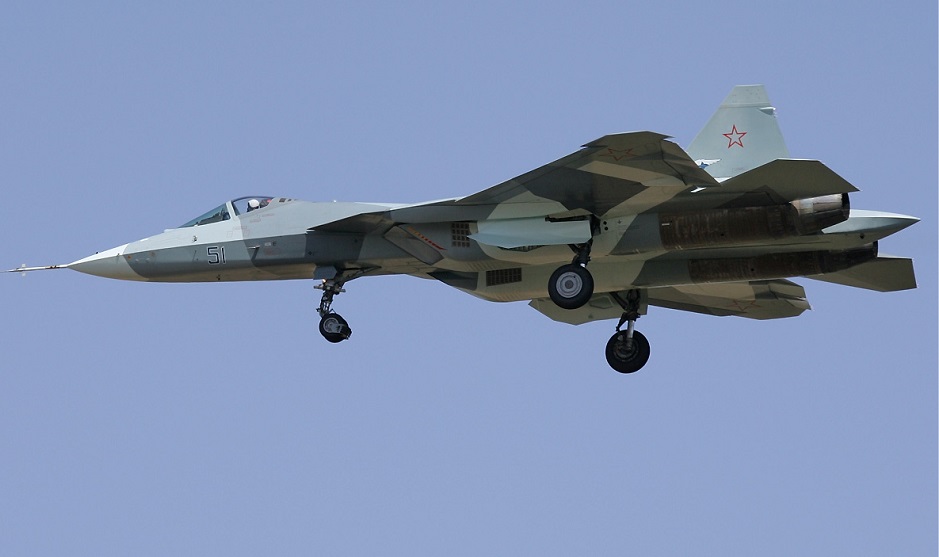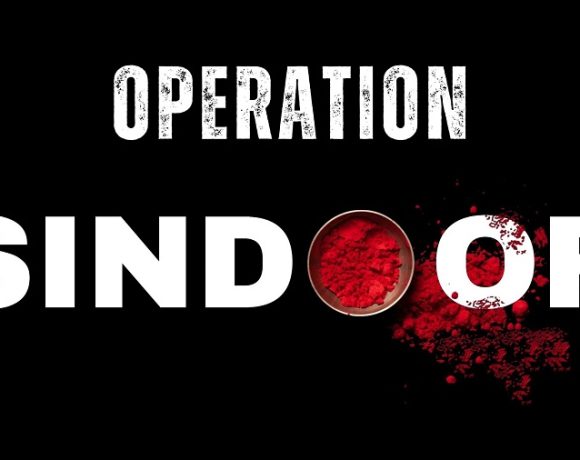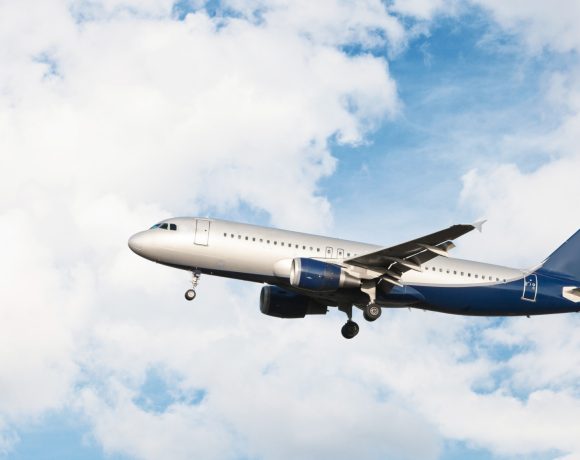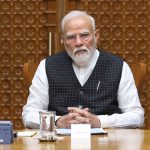
Su-57E Proposed as Interim Fighter Ahead of AMCA Amid Pakistan’s J-35 Threat
As Pakistan moves closer to inducting the Chinese-origin J-35 fifth-generation stealth fighter, Indian defense experts are evaluating urgent stopgap solutions to maintain air dominance. In this context, former Indian Air Force officer Air Marshal Sanjeev Kapoor (Retd) has suggested the acquisition of the Russian Su-57E as a bridging measure until India’s indigenous AMCA project matures.
Su-57E India Proposal
Air Marshal Kapoor emphasized that acquiring two to three squadrons of the Su-57E could effectively plug the capability gap created by delays in the AMCA program. The Russian stealth fighter, known for its supermaneuverability and sensor fusion capabilities, could offer the IAF a credible deterrent against early operational deployment of Pakistan’s J-35s.
He underlined that such an acquisition would provide the IAF with valuable fifth-generation combat exposure while indigenous development continues.
AMCA Timeline and Constraints
India’s AMCA (Advanced Medium Combat Aircraft) program, led by the Aeronautical Development Agency (ADA), has now entered the full-scale development phase. The first prototype is targeted for rollout by 2028, with production expected to begin around 2035. The plan is to induct at least seven squadrons of AMCA fighters to form the backbone of the IAF’s stealth fleet.
While the project has gained momentum, delays are inevitable given its technological complexity and the absence of an indigenous fifth-generation engine.
Contrasting Views on Imports
Former IAF Chief Air Chief Marshal RKS Bhadauria has taken a different stance, warning against interim foreign imports that could detract from the AMCA’s funding and focus. He emphasized investing in air defense networks, AWACS, and long-range detection systems to offset any temporary disadvantage posed by Pakistan’s J-35 deployment.
He argued that India must prioritize strategic autonomy and technological self-reliance over short-term tactical fixes.
Strategic Imperative
The debate reflects a broader dilemma for Indian defense planners—whether to invest in imported stopgaps like the Su-57E or stay fully committed to indigenous solutions like AMCA. With the regional balance of air power potentially shifting, India must weigh its options carefully to avoid being outpaced by rivals in the fifth-generation race.
As Pakistan eyes stealth air superiority and China continues to expand its aerial presence, India’s immediate choices may define its operational readiness over the next decade.


















